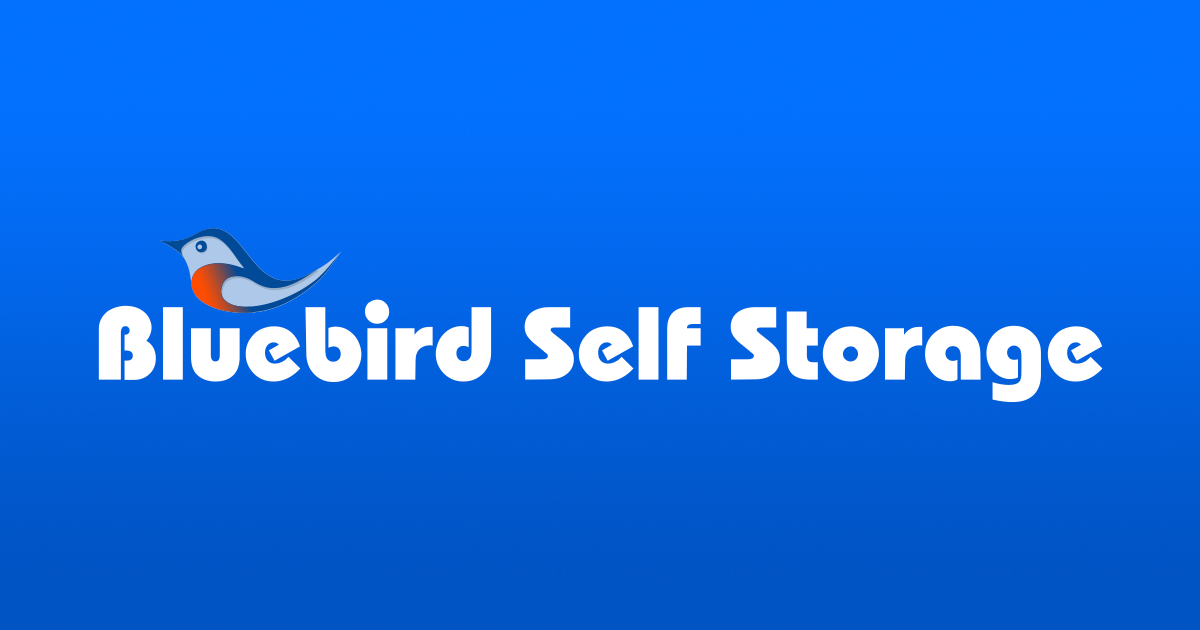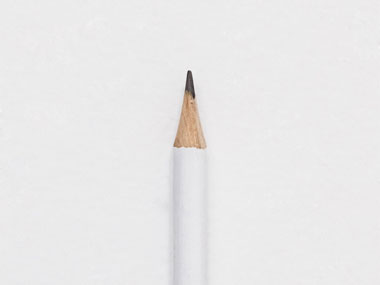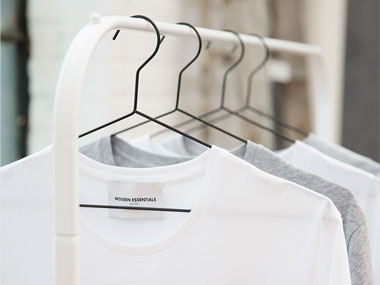Learning how to live minimally doesn't have to mean bare-bones rooms or a monk-like existence. It simply means fewer possessions and more time in which to enjoy them.
It's hard to feel serene when you can't fit a single book onto your shelves. It's difficult to find tranquility when you can't pull a brandy snifter out of the cabinet without breaking the hundred wine glasses stacked precariously in front of it. Nothing instills panic like opening the door of your storage unit to see a wealth of teetering objects that could rival the Canadian National Exhibition in amount and variety.
In other words, life kind of stinks when it's so cluttered you can't find or use the possessions that are supposedly there to make it easier. Luckily, there is an answer: learning how to live minimally every day.
While Canada might not be sparse as Scandinavia, its northern climes and European sensibilities still offer the perfect setting in which to get your zen on. Whether you're prepping for a move, downsizing, or simply pursuing greater mindfulness, minimalism is worth exploring stat.
Here's how to live minimally—not just after a home purge, but every day.
The Roots of Minimalism: Less Is More, But It's Not Nothing
The definition of minimalism is a hotly contested one. Some perceive the lifestyle's detractor to be acting like it's all about asceticism, purging, or hygge on steroids. Bare walls! Rush mats! Zero televisions! No more than two pairs of thick wool socks!
... but that's not really the point. Rather, The Minimalists advise you to think of minimalism as "a tool to rid yourself of life's excess in favor of focusing on what's important—so you can find happiness, fulfillment, and freedom."
Bottom line? Less is more. If you can pare down your possessions to those which make you happy and you actually use, you will become happier. Again, that doesn't mean letting it all go or moving into a 500-square-foot home; it means dispensing with the extras and living as simply as possible for you.
So, just how can you get started with minimalism?
Do Purge, But Don't Go Overboard
Most people think the first step to living minimally is to “get organized,” but that's actually not the case. Gretchen Rubin of The Happiness Project recommends you don't get organized. At the risk of contradicting the previous section, we'll tell you honestly that the first step to living minimally is to conduct a purge. (Don't worry, you can get organized later on.) But as Gretchen points out, "If you don't keep it, you don't have to organize it."
So go through your items room by room and one by one. Ask yourself whether you actually use the item. If not, do you find it beautiful? If you use it frequently or love looking at it, it can stay. If it's aspirational in nature (“One day I will use that rowing machine!”) or simply taking up space, let it pass on.
We recommend you create separate piles for items you want friends and family to have, those you'll donate and those that need tossing. Get rid of the trash immediately, haul items to Goodwill or another donation center. Ship items to friends and family or drop them off immediately.
One caveat there: Don't make your burden someone else's. Before you bring items over, make sure you ask.
Put Everything in Its Own Place
Once you've pared down your possessions to those you use or find beautiful, it's time to get organized. (See? Told you it would happen.)
It's important to note that you needn't have a large space to have an organized one. With the right tips, you can put small spaces in order just as effectively. Pro tips include:
- Use vertical and hidden storage to the max
- Store like items by size and color
- Pare down the items you love to have around but don't actually use
See? There's that purging again. As you start to organize, you'll likely need to take another pass at your possessions to make sure you're only keeping what you really need. That's okay; go with it.
Next, make sure everything has its own space. You may have one junk drawer, but that's it. Anything else needs its own dedicated space in a cabinet, on a shelf, under the bed, or on a counter. If you can't find a home for it, ask yourself how important it is to your life.
Maintain Your New System Every Day
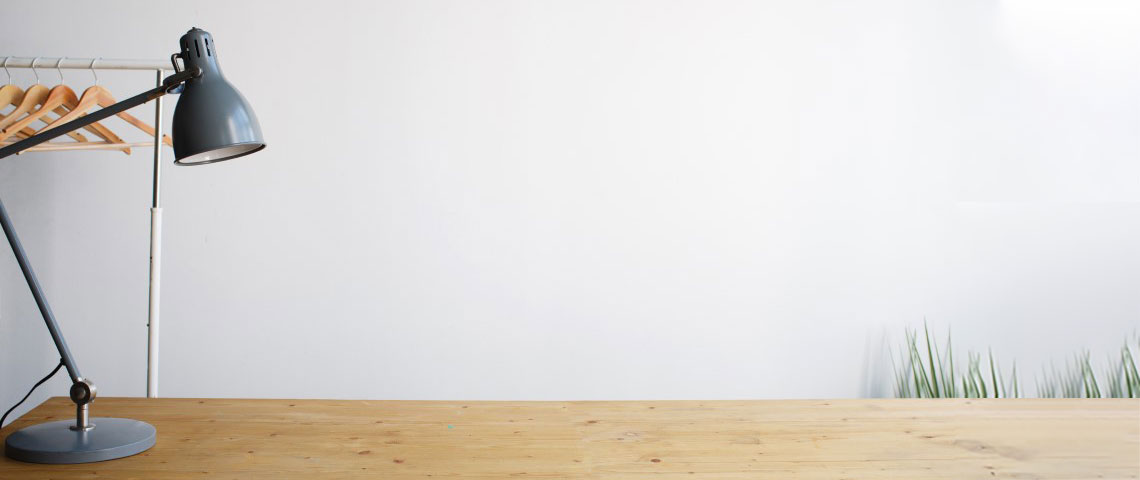
After you've done the front-loading work of paring down those extra possessions and creating a space for everything in your home, it's time to institute a system that will enable you to maintain your new, clutter-free environment. This is easier said than done; material possessions often flow into the house faster than we can deal with them. Then the clutter somehow piles back up. Just like that, the panic is back.
Take a deep breath. There is an answer. If you truly want to learn how to live minimally, you need a reliable system you can turn to even during the busiest times. Here's what that system looks like.
1. Do a 10-Minute Cleanup Every Night
A 10-minute nightly cleanup helps keep your space serene and makes your morning routine much easier. We're not talking anything big. This means:
- Deal with the mail, even if that means putting it in your in-tray unopened
- Put any unwashed dishes in the sink or dishwasher
- Fold or hang clothes and put them away
- Pick up kids' toys (or better yet, train them to do it) and other items
- Rotate the laundry
Comb the house quickly to find trash or out-of-place items and get rid of them.
2. Think Very Carefully About What Comes into the House

Living minimally means more than getting rid of things. It also means cultivating a healthy suspicion surrounding the acquisition. Whenever you think about buying something or accepting free swag, ask yourself: Will I want this in a month? What about a year? Will I actually use it?
Typically, that fad cooking item and the cheap-o books you get at conferences won't make the cut. Before you let them into your life, take stock.
3. Let Gifts Flow Through
Gifts have a natural hold on us, and that hold is named GUILT. When someone gives you something, you feel obliged to keep it – even if it's not your style or you'll never use it.
However, you don't have to let those feelings pile up. Instead, you can enjoy a gift in the spirit in which it was meant, then let it go. Try to find use for it elsewhere, such as giving it to a friend who could genuinely use it, or donating it to a good cause.
4. Do a Thorough Overhaul Every 6 Months
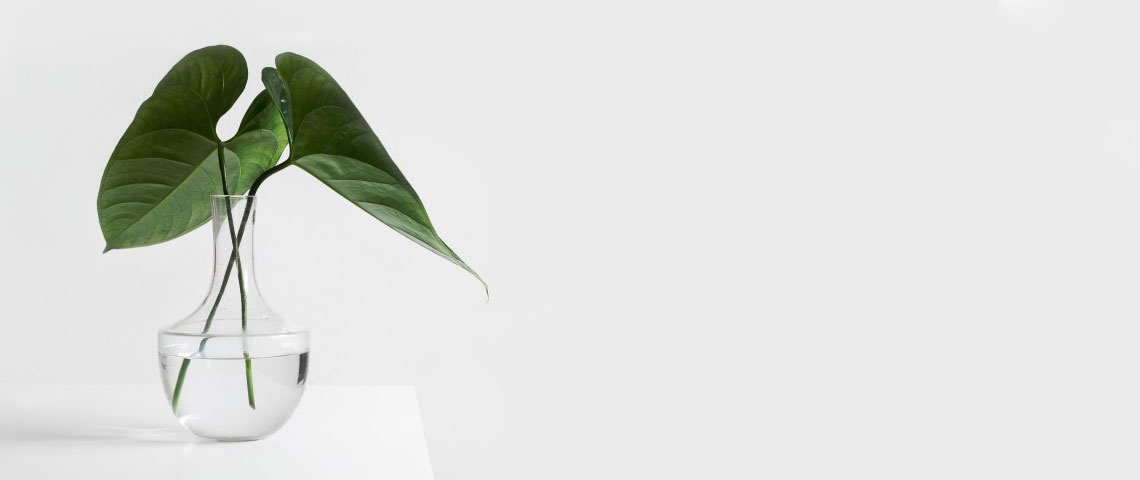
Twice yearly, take a hard look at your home, car, and office – and anywhere else you spend your time. Now, this doesn't necessarily mean a major purge. In fact, once you've gotten used to a minimal lifestyle in which you keep possessions to a minimum, this big purge becomes less and less necessary. The goal is to ask yourself whether your space is working for you, and fix it if not.
During your overhaul, take the time to address those little fixes. Put the knob back on the cabinet, tighten the screw on that loose bathroom faucet and superglue your grandmother's heirloom candlestick back together. These small tasks will help simplify your life and lend a surprisingly big boost to your tranquility.
5. Follow the “One In, One Out” Rule
If an item comes into your home, it's time for another item to leave it. Use this as your excuse to go through the junk drawer frequently, ditching those mismatched cords and weird plastic parts that fell off of… well, something. This is a simple but effective step towards a minimalist lifestyle.
Get a Storage Unit If You Need To
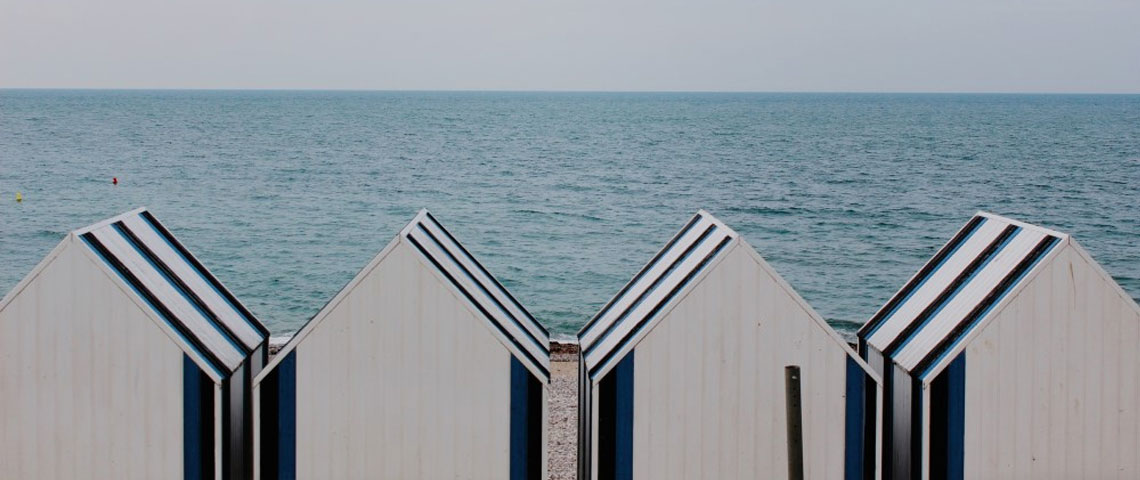
Whether you're moving, need a temporary space while tidying the house, or somewhere to keep important possessions, a storage unit could provide the answer. It's not just for overflow, either. Many people use storage units as:
- Mini machine shops for rebuilding a car
- Stockrooms for independent businesses
- Craft studios
Whatever your needs, make sure you get a climate-controlled, secure unit. You want your items to remain safe, whether it's just for a month or two, or for years into the future. Bluebird Self Storage can help, so get in touch today – and get ready to start living minimally!












